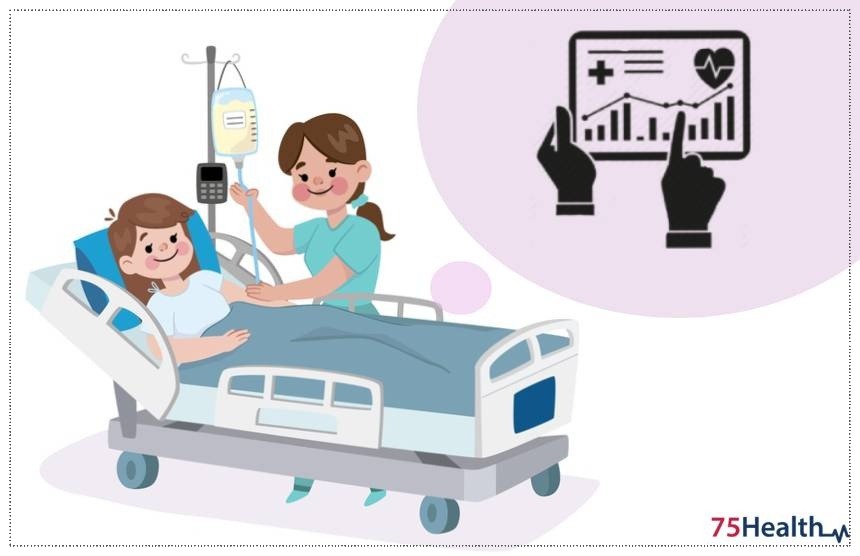With the evolution of the health care industry and technological advancement, more emphasis is witnessed on value-based spending. Health care cost is also rising. In this situation, redundant or unnecessary testing in the hospital setting is not only wasteful but also causes concern. Patients can be saved from such unwanted tests when an effective Electronic medical records software is implemented in hospitals.
The role of EMR Software in avoiding redundant or unnecessary testing
Similar to certain other medical resources, laboratory testing proves to be an effective and supporting factor that facilitates proper diagnosis and treatment. At the same time, a shocking number of redundant lab and imaging tests have been performed routinely in several health care settings. In the process of controlling health care costs and managing them efficiently, elimination of duplicate or unnecessary laboratory testing has become crucial.

With the burden of health care outlay increasing dramatically on national budgets, sophisticated technology is required for bringing down costs by cutting down unwanted tests and redundant procedures. Here’s where a modern EMR Software comes to the aid of hospitals and health care providers. It helps to achieve sustained success in cutting down unnecessary lab tests and treatment procedures.
Impact of Wasteful use of medical care through redundant testing
According to research, more than USD 200 billion is being spent on wasteful use of medical care every year. This mostly includes ordering and performing unnecessary or irrelevant tests and procedures among hospitalized patients. In addition to the financial impact that they make, such unwanted expenses affect the health care industry in certain other ways too, as given below:
- Increase in medical care cost
- Reduced physician productivity
- Unwanted workload on the part of medical professionals and front office staff
- Financial and emotional impact on patients
Adopting an effective EMR Software helps to reduce unwanted medical testing
The cloud-based EMR Software enables health care professionals to access patients’ medical records and crucial information about previous treatments, prescribed medications, and currently ordered tests from any location.
Since this critical information can be easily accessed by providers, the amount of testing, as well as procedures involved, have drastically reduced. Checking the records enables providers to see all the tests that have already been ordered, when these were performed, and their results. This helps to request any additional testing, if required, or reach a proper diagnosis.
The robust EMR Software from 75Health helps to eliminate unnecessary lab tests and procedures. It allows providers to greatly improve care quality while relieving patients from several emotional and financial burdens.








